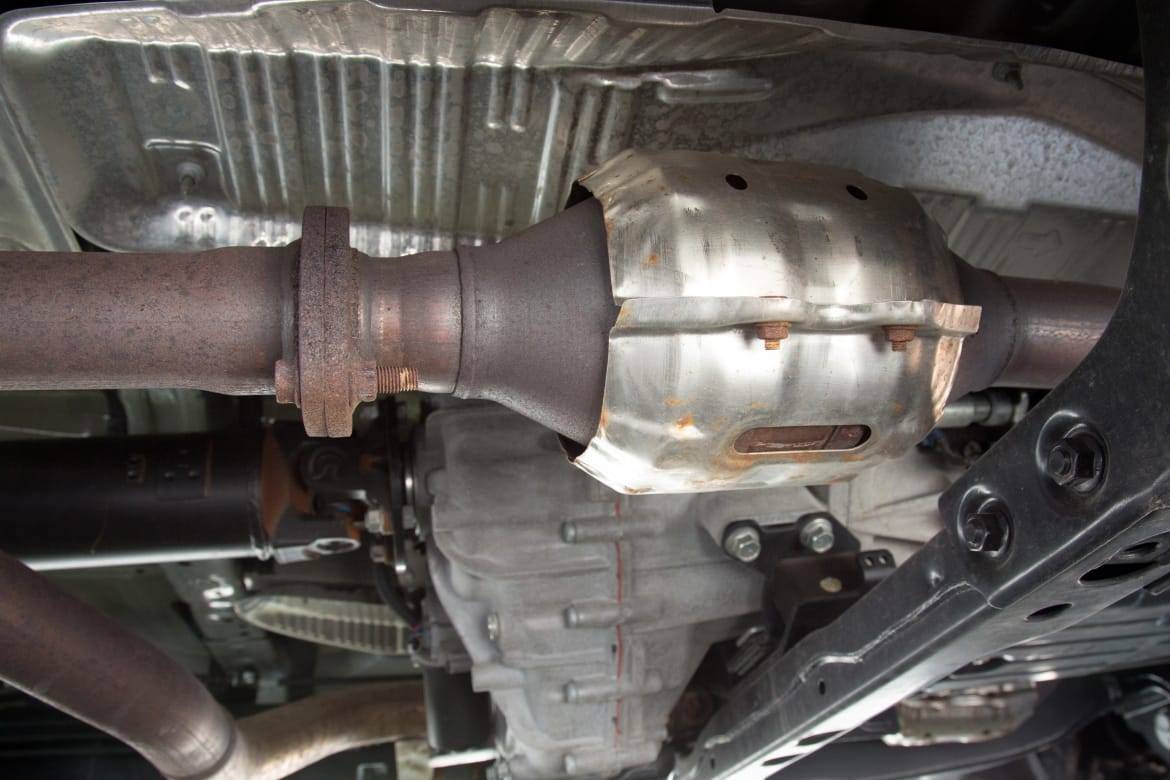Catalytic converters are an essential part of any modern vehicle. They are a type of emission control device that helps reduce the amount of harmful pollutants released into the environment by a vehicle's exhaust system. This article will explain how catalytic converters work, and the benefits it provides.
A catalytic converter is a device that is installed in the exhaust system of a vehicle. It is designed to reduce the amount of harmful pollutants emitted from the vehicle's exhaust.

Image Source – Google
How does a catalytic converter work?
The catalytic converter works by converting the toxic gasses released from the engine into less harmful substances. This is done by passing the exhaust gasses through the catalytic converter, which contains a catalyst.
The catalyst helps to speed up the chemical reactions, which in turn convert the pollutants into less harmful substances. The converter also reduces the amount of hydrocarbons, carbon monoxide, and nitrogen oxides released from the vehicle's exhaust.
Benefits of catalytic converters
The primary benefit of catalytic converters is that they help reduce the amount of harmful pollutants released into the environment.
This helps to protect the environment and reduce air pollution levels. Additionally, catalytic converters can also help to increase the fuel efficiency of a vehicle, as they reduce the amount of fuel needed to produce the same amount of power. This helps to save money on fuel costs.
In conclusion, catalytic converters are an important component of any modern vehicle. They help reduce the amount of harmful pollutants released into the environment, as well as increasing the vehicle's fuel efficiency.
They are an essential part of any vehicle's emissions control system and should be regularly inspected and maintained to ensure they are functioning properly.